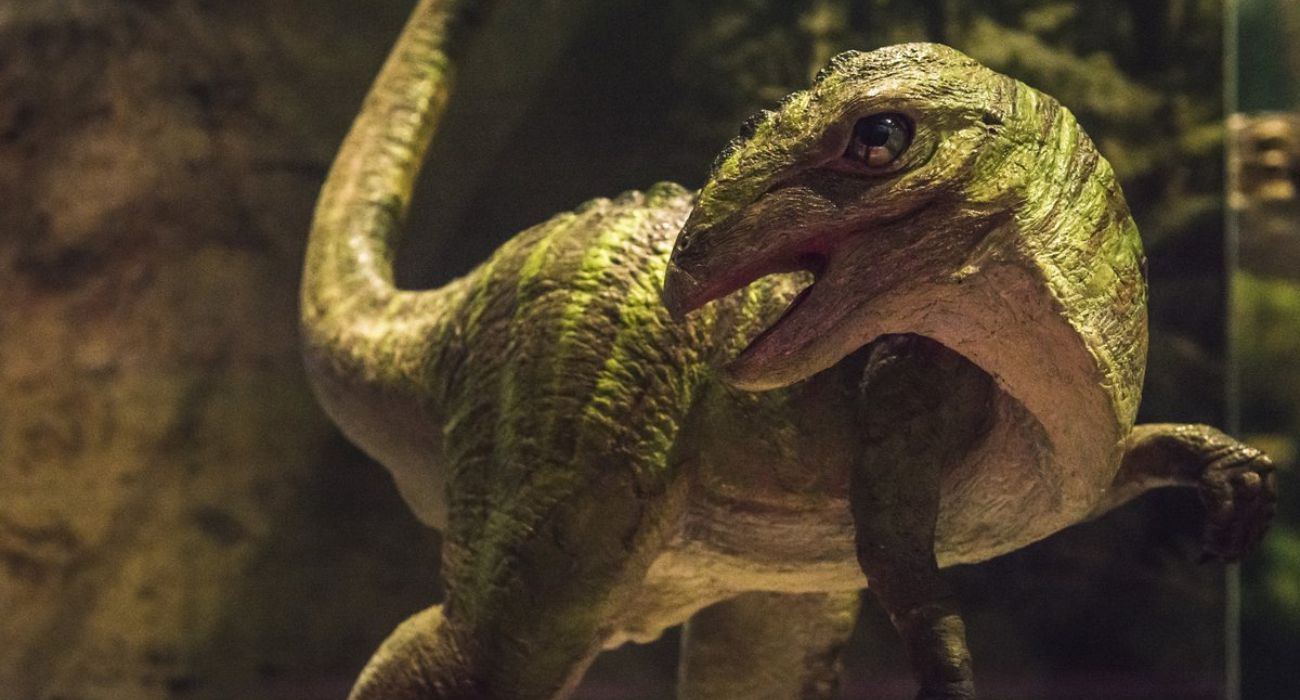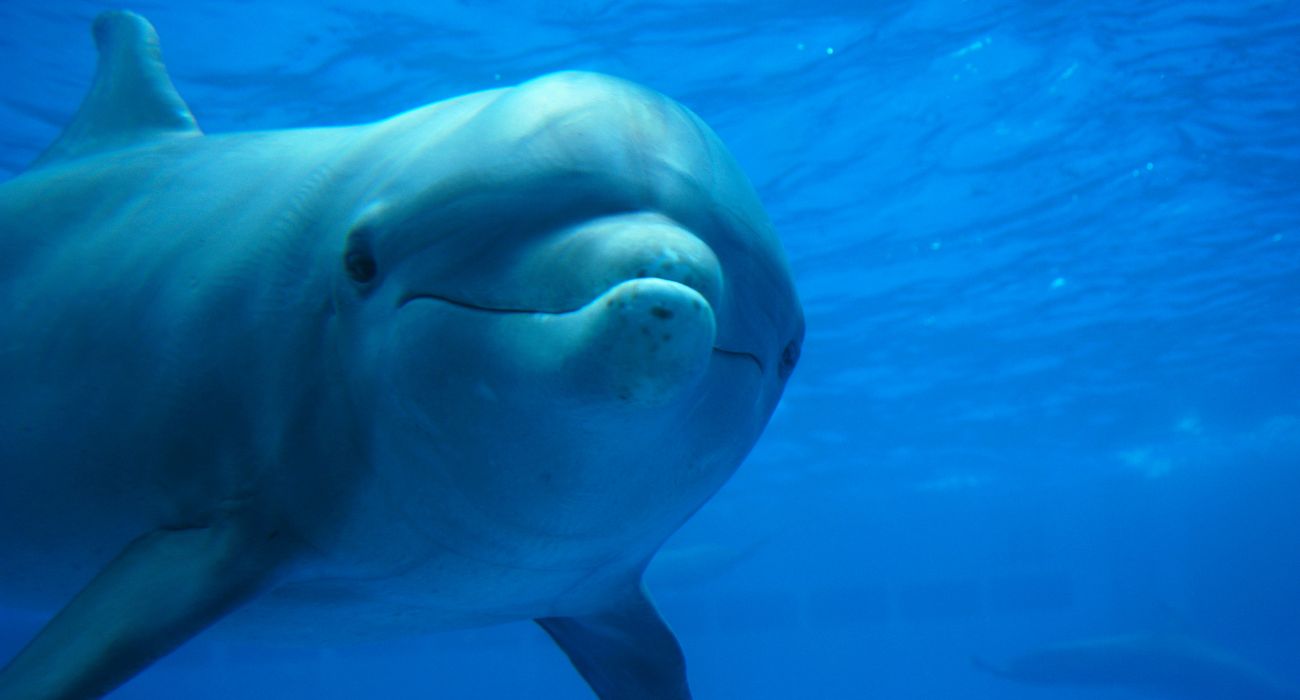A newly discovered species of plant-eating dinosaur has been named after the volunteer who found it and the local community where scientists first found evidence of its existence.
Three years ago, paleontologists from the Perot Museum of Nature and Science found a 2-inch-long jawbone fossil near Lake Grapevine. The scientists initially believed the fossil belonged to a small crocodile, but further investigation revealed that the team had uncovered a new kind of small dinosaur.
The researchers named the dinosaur after the scientist who found it, Murray Cohen, and Grapevine, the city where the fossil was found. The Latin name Ampelognathus coheni roughly translates to “Cohen’s Grapevine jaw,” as reported by The Dallas Morning News.
According to the scientists who studied the fossil, Ampelognathus was not the giant, stomping, ground-shaking monster one might typically think of when picturing a dinosaur.
“It’s a little bitty animal,” Ron Tykoski, the vice president of science at the Perot, told DMN. “You could almost hold its head in your hand.”
The reptile would have been about 6 feet long and weighed up to about 60 pounds, the size of a mid-sized dog, as reported by the DMN.
Although scientists had theorized that small plant-eating dinosaurs must have roamed this area millions of years ago, relatively little evidence of them had been uncovered. The Ampelognathus now joins that catalog.
Scientists have been studying the area around Lake Grapevine for several years, as reported by NBC 5 DFW. In 2007 and again in 2015, changes in the lake’s water levels uncovered fossilized dinosaur tracks from about 95-96 million years ago, according to Tykoski.
In 2010, a new dinosaur species was discovered in the same rock formation where Ampelognathus was found. Paleontologists expect to uncover more evidence of prehistoric life as the research continues at Lake Grapevine.
“There will be more discoveries and more things coming out in the coming years,” Tykoski said, per the DMN. “We’re just starting to scratch the surface and just starting to paint that picture of life here in our backyard 96 million years ago.”






